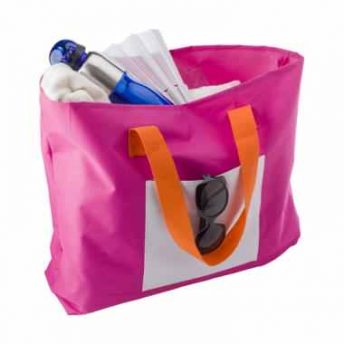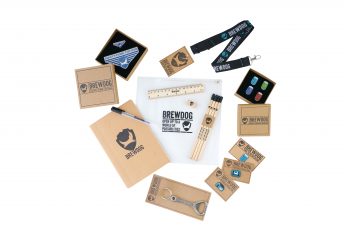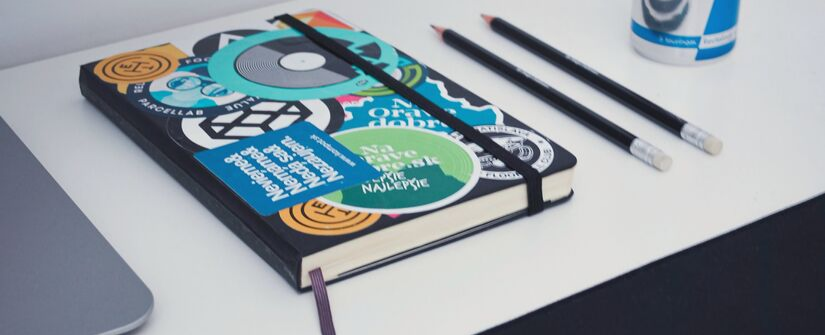Developing a compelling brand is one thing. Maintaining its consistency is another. Today, the latter is just as important as the former, if not more so. Cultivating a clear and consistent brand over the short and long term is key for companies of all industries and sizes. A consistent brand will help you build a strong and loyal base of customers and clients.
But aside from your standard marketing channels like your products, promotional materials, website and social media, how do you emanate brand consistency? One proven way to care for and showcase your brand is through merchandise. Merchandise provides the perfect canvas to get your brand into the hands of the public to extend your visibility through a clear, consistent brand story. This post will look at why – and how – you can maintain brand consistency across your company merchandise.
Brand Consistency Matters
When asked what the key is for building a strong brand, attracting new customers, and building trust, a Chief Marketing Officer gave three takeaways: Consistency, consistency, consistency. The article suggests that, “Once your brand identity is set it’s crucial that it’s executed consistently across every possible customer touchpoint. And this extends beyond logos and colour schemes, to less obvious channels.”
A consistent brand matters because its projects professionalism, establishes authenticity, and builds trust, both internally and externally. It also builds awareness and loyalty among new and existing customers, which can translate into sales and business development. A brand isn’t just about how your company logo looks. It’s about who you are, what you portray and the experience or product you can provide.
Merchandise presents a significant opportunity to set your brand identity among a wide range of people. There are countless products to select from, which means you can strategically place your brand on products that will resonate with your target audience. For example, if you’re in the hospitality or holiday industry, consider showcasing your brand on items like souvenir badges, beach towels, reusable bags and even flip flops.

If you’re heading to a conference or trade show, consider standout swag like branded digital storage devices, stress-relief balls and customised lanyards. Or, brand it all! Brewdog, for example, has developed a very strong and consistent brand through a wide range of products that it sells online and at retail locations. Some of the products that they have their brand on include custom badges, bottle opener keyrings, lanyards, notebooks and other custom promotional products.

Establish and Provide Brand Guidelines
As travelers follow maps, so too should your brand follow guidelines. Before you launch your brand into the world, you’ll want to establish a brand guide – this is a business document that details how to use your logo, fonts and Pantone colours to ensure exact matching and consistency. While the guide will be critical for your marketing or design team, it will also come in handy among other departments and firms who may work with your brand as your company continues to grow.
Here are a few things you may want to consider including in a brand guide:
- Logo design and application, including different versions of logos like horizontal and vertical treatment
- Fonts and usage
- Colours and how and where they should be used
- Stock photos or graphics
- A reminder of your company vision and mission
- General usage guidelines for materials and products
- Messaging and copy, including comments on tone and voice
- Examples! Include photos of merchandise that you’ve created to give people a sense of the desired final product.
No matter what business you are in – a major corporation, a startup, a charity or a government agency – a brand guide will help you ensure consistency. Here’s examples of brand guides from the University of Birmingham School of Business and Mozilla/Firefox.
Build a Relationship with your Vendor
When ordering merchandise, remember to share your brand guide with your manufacturer to ensure an exact reproduction of your important brand on all of your products. Another effective strategy to ensure brand consistency is to work with a single vendor who understands your business and brand and will accurately reproduce it on all of the merchandise you might need. In addition, working with a single provider will help limit your time and costs. For more, please see this blog post on five questions to ask to find the ideal merchandise manufacturer, which includes:
- Question 1: Do you have a minimum order quantity?
- Question 2: What are my options for custom materials and shapes?
- Question 3: Do you offer design assistance?
- Question 4: What packaging options are available?
- Question 5: How are your badges sourced?
Lastly, don’t forget about building brand consistency for your key internal audience – your employees! In addition to selling branded merchandise to your customers, consider gifting branded items that your team will appreciate. Pens, mugs, mousepads, stationary, clothing and bags are all great gifts to reward and inspire your team and contribute to your positive company culture.
We hope this post helps you understand the importance of brand consistency and that it gives you some ideas for how you can achieve this with different types of merchandise. Please get in touch with us today and tell us more about your brand!



